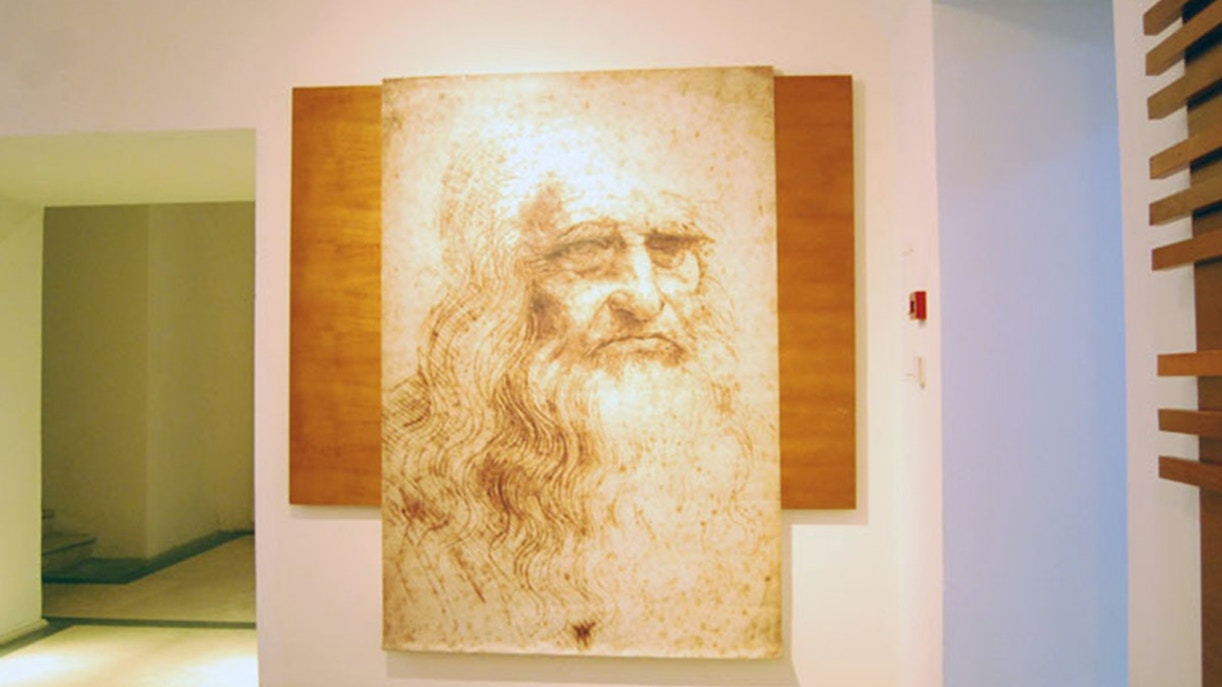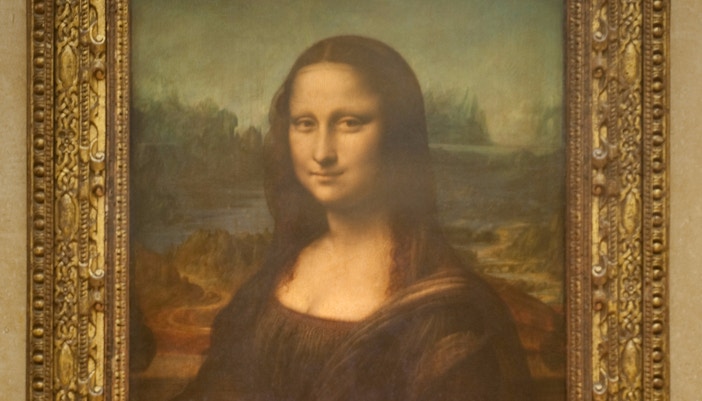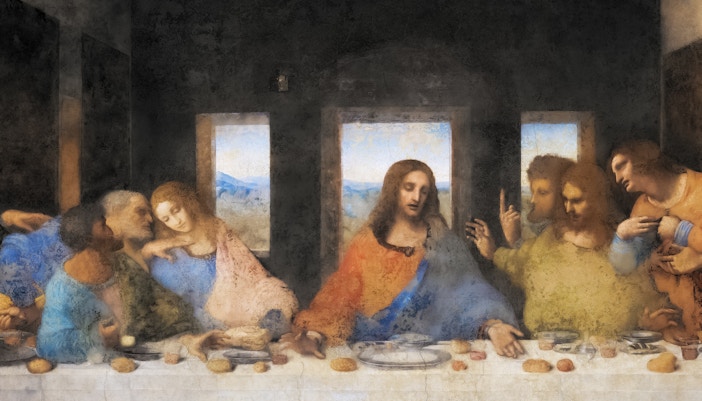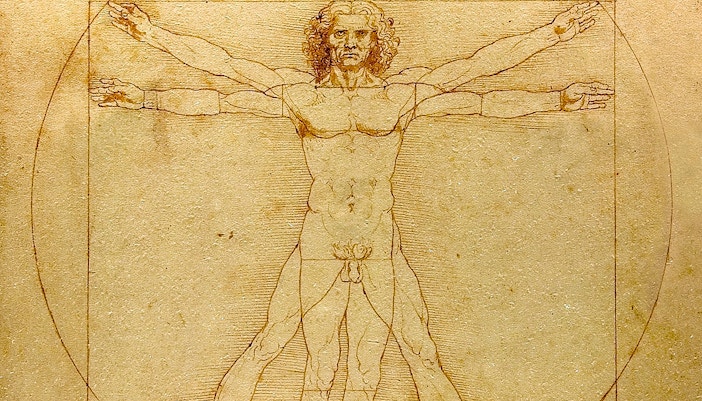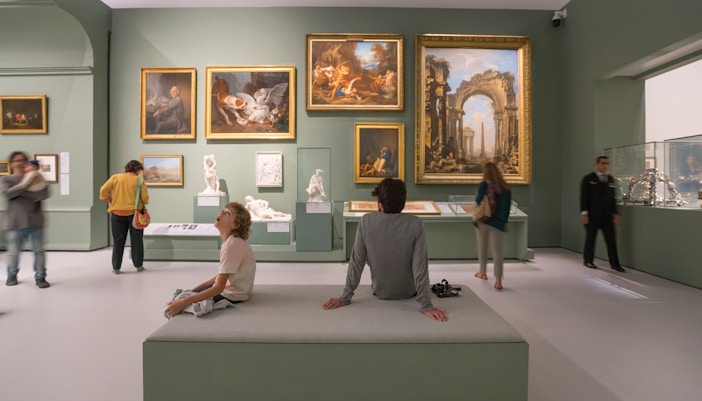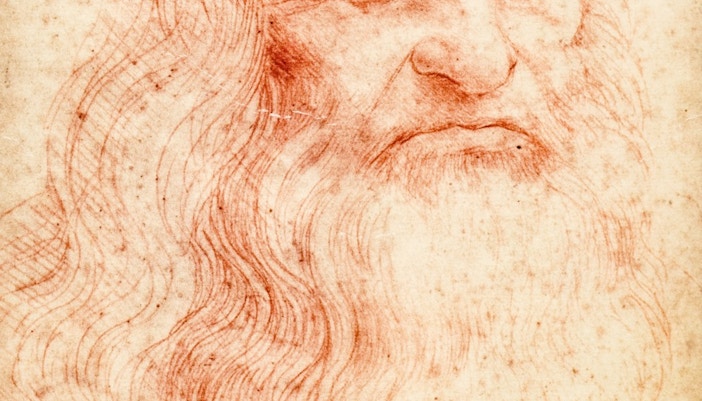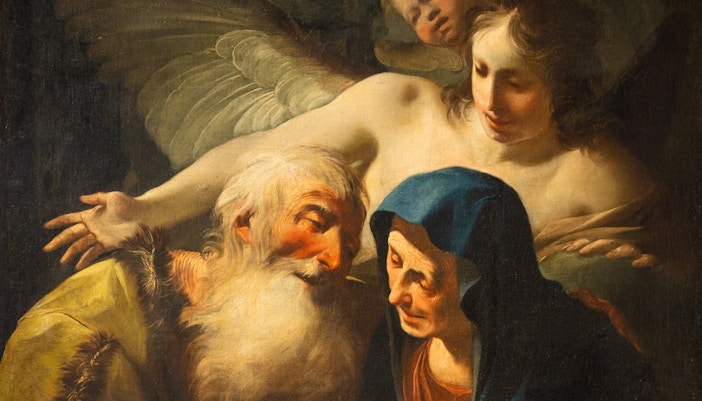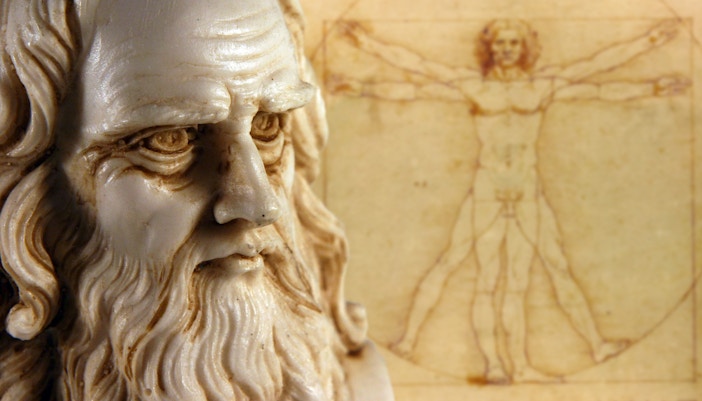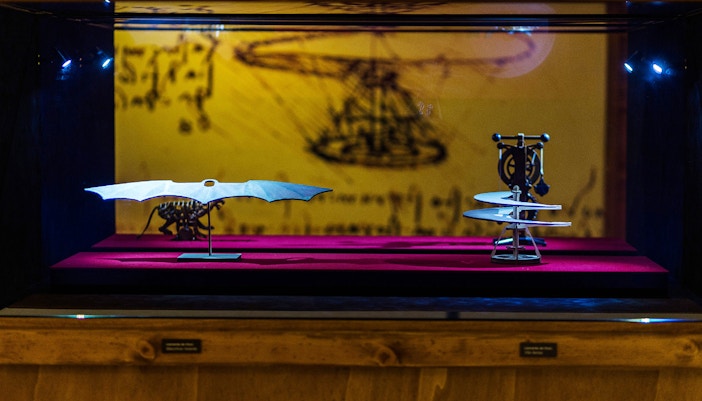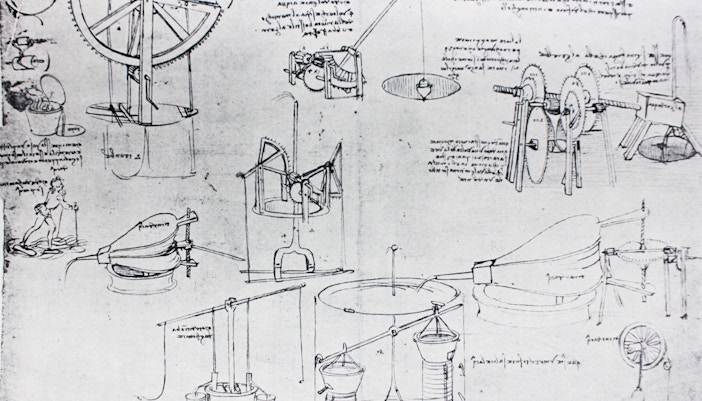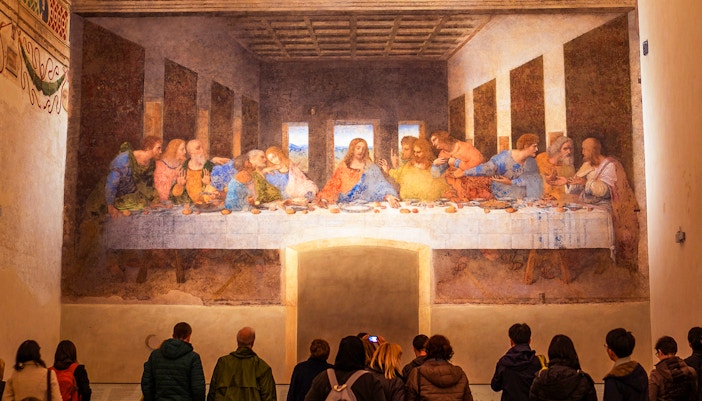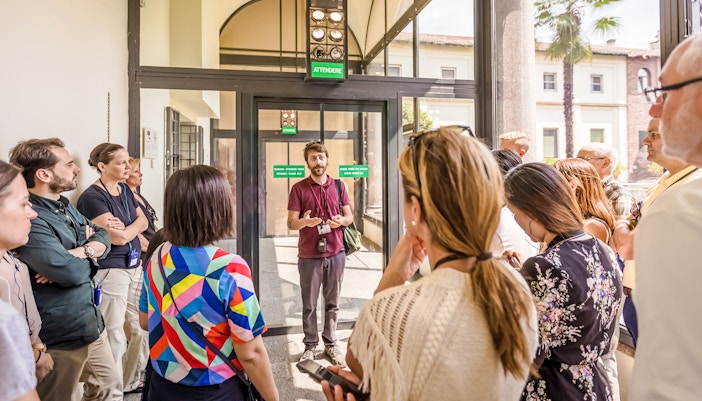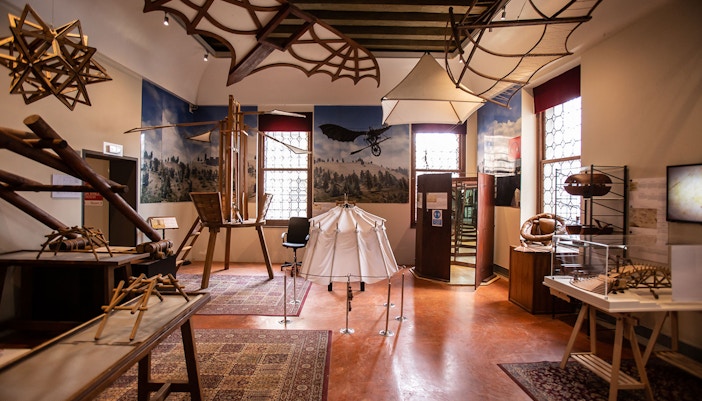Leonardo da Vinci, (Italian: “Leonardo from Vinci”) was born on April 15, 1452, in Anchiano, near Vinci, Republic of Florence. Leonardo was raised on the estate of his father's family as a legitimate son. His father appreciated his artistic talent and apprenticed him at around age 15 to the noted sculptor and painter Andrea del Verrocchio of Florence.
Leonardo was most renowned for his dramatic and expressive paintings; However, Leonardo conceptualized several ideas and innovations such as the helicopter, the parachute, etc., and produced several precise maps, mill designs, and other innovations that were decades ahead of their time.
